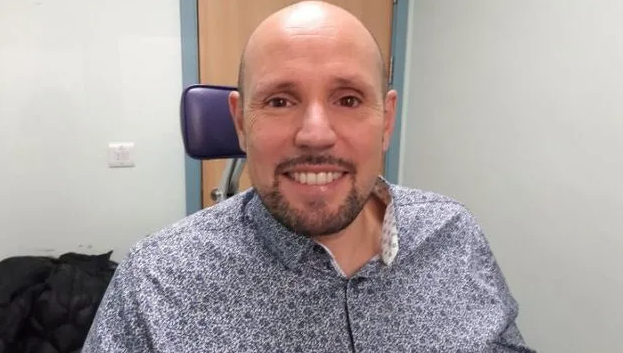According to Moorfields Eye Hospital in London, a British man has become the first patient in the world to install 3D printing eyes. It is reported that Steve verze, 47, an engineer from Hackney, East London, obtained his left eye on Thursday local time and first tried its size earlier this month.

Moorfields Eye Hospital said in a press release on Thursday that the artificial eye is the first fully digital artificial eye it has made for patients. The hospital said that this eye is more realistic than other alternatives. It is designed to have a clearer definition and true pupil depth. Other artificial eyes are composed of an iris painted on a disc and then embedded in the eye socket. Moorfields added in the press release that the design of other artificial eyes prevents light from entering the "eye depth" of the eye. Moorfields said that in addition to looking more realistic, the operation is also considered less traumatic.
The installation of traditional prosthesis needs to model the eye socket, and in the development of 3D artificial eye, digital scanning of the eye socket can create a detailed image. To ensure that both eyes look the same, verze's functional eyes were also scanned. After scanning, the 3D images are then sent to Germany for printing and then shipped back to the UK, where they are completed and polished by ophthalmologists at Moorfields Eye Hospital.
The press release quoted verze as saying: "I have needed a prosthesis since I was 20 years old, and I have always felt remorse for it. When I leave home, I often look in the mirror and I don't like what I see." he added: "this new eye looks great, and based on 3D digital printing technology, it will only get better and better."
Moorfields Eye Hospital said that 3D printing technology may "halve" the time for developing artificial eyes from six weeks to about two or three weeks.
A spokesman told CNN that a clinical trial involving more patients will begin soon. Mandeep sagoo, clinical director of the project at Moorfields Eye Hospital and professor of Ophthalmology and ocular oncology at University College London, said in a statement that he was "excited" about the potential of this new development method. Sagoo said that before the eyes are installed, "we hope that the upcoming clinical trials will provide us with strong evidence of the value of this new technology to show what difference it makes for patients."